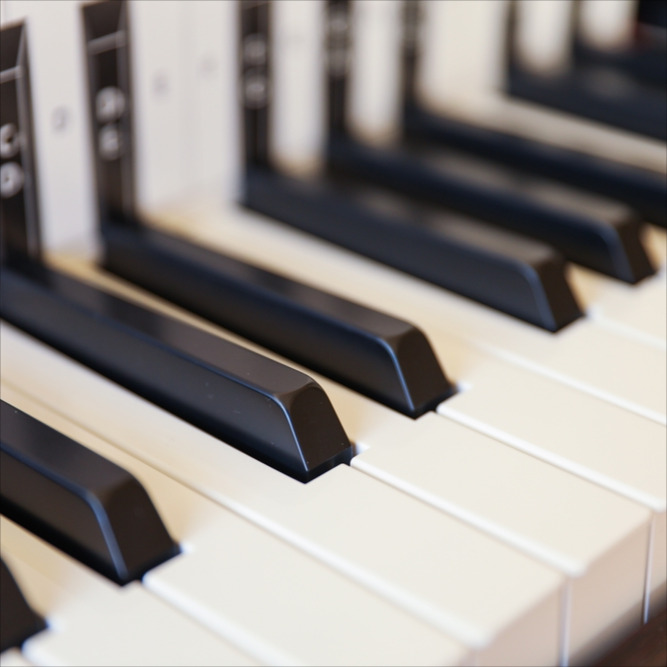
Octaving of frequencies
A deep insight into the transformation from kHz to MHz
In the world of acoustics and signal processing, octaving is a fascinating process that doubles or halves frequencies, to move them to a different octave.
It is a fundamental concept that plays an important role in both music and technology. In this article, we will take an in-depth look at the octaving of frequencies in the range from kilohertz (kHz) to megahertz (MHz).
We'll explore the theory behind the process, look at applications and even give some practical tips on how you can octave frequencies yourself.
What is octaving?
Let's start with the basics. An octave in music is the distance between one note and another note that is either twice as high or half as high. In the world of physics and engineering , octaving means doubling or halving a frequency to move it to a different octave.
Why is octaving important?
Octaving is an important tool to manipulate frequencies for different applications. For example in music production, to create harmonies, or in wireless communication to transmit signals in preferred frequency bands.
Octaving from kHz to MHz
To octave frequencies from kHz to MHz, we need to continuously double the output frequency until we reach the MHz range. Suppose we start with a frequency of 1 kHz:
1 kHz * 2=2 kHz
2 kHz * 2=4 kHz
4 kHz * 2=8 kHz
...
... and so on until we reach the MHz range.
Technical realisation of octaving
There are various methods for the technical implementation. One of the most common is the use of a frequency multiplier, which uses a non-linear electronic component such as a diode or a transistor to generate the harmonics of an input signal and then amplify the desired harmonic (e.g. the second for doubling).
Applications of octaving
Octaving is used in many different areas . In music, it is used to achieve interesting effects and to make instruments sound fuller. In radio technology, it is essential to bring signals to higher frequencies where they can be transmitted over greater distances.
The octaving
Want to octave frequencies yourself? Here are a few steps on how you can proceed:
- Choose the right hardware: You need a frequency multiplier or a signal generator with an octaving function.
- Prepare the input signal: Make sure the signal is clear and free of noise.
- Make settings: Select the desired octaving (doubling, halving) and adjust the settings accordingly.
- Test the output signal: Check the octaved signal with a frequency counter or oscilloscope.
Challenges with octaving
Various challenges can occur during octaving. For example, non-linear distortions can distort the signal . It is also important that the components used can process the octaved signal cleanly without impairing it.
Conclusion
Octaving frequencies is a versatile tool in the acoustic and electronic world. Whether in music production or wireless communication, the ability to double or halve frequencies opens up a world of possibilities. With the right understanding and the right equipment, you too can reap the benefits of octaving.
Regardless of your interest or need for frequency manipulation, octaving offers an exciting area for exploration and experimentation. With this deeper insight into the transformation from kHz to MHz, you now have the knowledge to tackle your own projects in or simply to better understand the phenomenon.
Thank you for reading this article. I hope it has given you valuable insights into the world of octaving and inspired you to learn more about this fascinating topic. If you have any questions or comments, please do not hesitate to share them with us.
